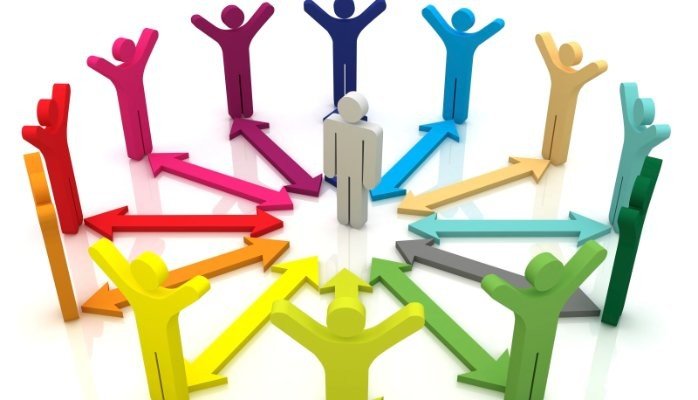Introduction
In today’s interconnected world, understanding the concept of connections is vital. Whether it’s in the realm of technology, social networks, or personal relationships, connections play a pivotal role. This article aims to delve into the various aspects of connections, shedding light on their significance and implications across different domains.
The Essence of Connections
In essence, connections refer to the bonds and links established between entities, be they individuals, ideas, or devices. These connections facilitate communication, interaction, and the exchange of information, thereby forming the backbone of various systems and networks.
Connections can take myriad forms, ranging from physical connections like wires and cables in a computer network to abstract connections such as friendships and professional networks.
Types of Connections
1. Social Connections
Social connections encompass relationships between individuals, families, communities, and societies. These connections are characterized by emotional bonds, shared experiences, and mutual interests. Social media platforms have revolutionized the way we forge and maintain these connections, enabling communication and interaction on a global scale.
2. Technological Connections
Technological connections involve the interlinking of devices, systems, and networks to facilitate communication and data exchange. From the internet connecting millions of computers worldwide to the intricate web of sensors in smart cities, technological connections form the backbone of modern civilization.
3. Neural Connections
Neural connections refer to the links between neurons in the brain, forming neural pathways responsible for cognition, memory, and behavior. These connections are constantly evolving based on experiences and learning, shaping our thoughts and actions.
Significance of Connections
Connections play a pivotal role in various aspects of life, influencing our social interactions, professional endeavors, and even our physical and mental well-being.
1. Social Support
Strong social connections provide emotional support, companionship, and a sense of belonging, which are essential for mental health and overall well-being.
2. Knowledge Sharing
Connections facilitate the exchange of knowledge, ideas, and information, driving innovation, collaboration, and collective learning across diverse fields and disciplines.
3. Career Opportunities
Professional connections and networks open doors to career opportunities, mentorship, and professional development, enabling individuals to advance their careers and achieve their goals.
Challenges and Considerations
While connections offer numerous benefits, they also present challenges and considerations that need to be addressed.
1. Overdependence on Technology
In an increasingly digital world, overdependence on technological connections can lead to issues such as information overload, privacy concerns, and social isolation.
2. Quality vs. Quantity
The quality of connections is often more important than the quantity. Fostering meaningful relationships and authentic connections requires time, effort, and genuine engagement.
FAQs (Frequently Asked Questions)
Q: How do connections impact mental health?
Connections play a crucial role in mental health by providing social support, reducing feelings of loneliness and isolation, and fostering a sense of belonging and community.
Q: Can connections be established online?
Yes, connections can be established and nurtured online through social media platforms, online forums, and virtual communities. However, it’s essential to maintain a balance between online and offline connections.
Q: What are some tips for building professional connections?
Building professional connections involves networking, attending industry events, seeking mentorship, and maintaining an active online presence on professional platforms like LinkedIn.
Q: How do neural connections develop?
Neural connections develop through a process called neuroplasticity, which involves the strengthening and pruning of synaptic connections in response to experiences, learning, and environmental factors.
Q: How can I improve the quality of my social connections?
To improve the quality of social connections, prioritize meaningful interactions, cultivate empathy and active listening skills, and invest time and effort in nurturing relationships.
Q: What are the risks of over-reliance on technological connections?
Over-reliance on technological connections can lead to issues such as decreased face-to-face interaction, social isolation, cyberbullying, and privacy breaches.
Conclusion
In conclusion, connections are the threads that weave the fabric of our interconnected world. Whether it’s forging meaningful relationships, leveraging professional networks, or understanding the complexities of neural pathways, connections shape our lives in profound ways. By recognizing the significance of connections and fostering authentic relationships, we can navigate the complexities of the modern world with greater resilience and understanding.


